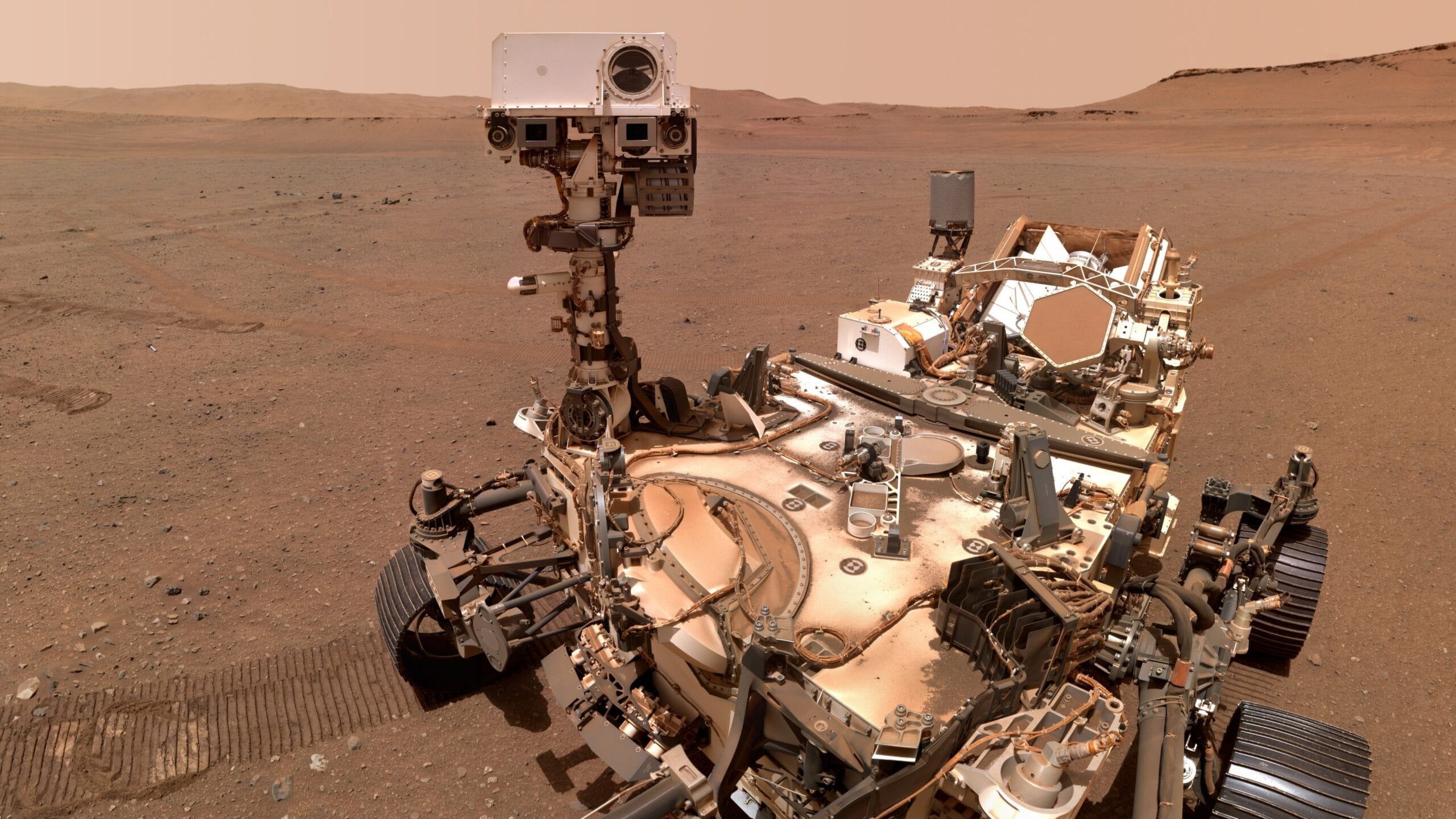The field of astronomy has been illuminated once again with a spectacular achievement from the James Webb Space Telescope (JWST), which recently captured a breathtaking image of a young star, designated as HH 30, forming within the dense Taurus Molecular Cloud. This stellar milestone marks a significant leap in our understanding of star formation and the intricate processes that govern the creation of planetary systems.
Positioned approximately 450 light-years away in the Taurus constellation, the Taurus Molecular Cloud is a region of immense interest to scientists due to its active star-forming zones. The young star, HH 30, captured in vivid detail by JWST, is classified as a Herbig-Haro object, a designation given to newly born stars surrounded by jets of high-energy particles and protoplanetary material. These objects give researchers a rare opportunity to study the earliest evolutionary phases of stellar bodies.
What makes this image particularly captivating is the protoplanetary disk encircling HH 30. Often likened to a celestial cradle, a protoplanetary disk consists of gas and dust that slowly coalesces to form planets, comets, and other celestial bodies around a central star. In the case of HH 30, the disk appears prominently in infrared wavelengths captured by JWST’s highly sensitive instruments. This imagery not only unveils stunning visual details but also sheds light on the conditions and processes that may have been similar during the formation of our own Solar System billions of years ago.
The optical phenomenon around HH 30 isn’t just aesthetically remarkable; it is scientifically rich. The jets emanating from the star, clearly visible in the captured images, are streams of charged particles accelerated along magnetic field lines. These jets play an essential role in clearing the surrounding material, enabling the newborn star to contract further and stabilize as a fully-fledged main-sequence star.
The tools and techniques that enabled this discovery underscore the capabilities of modern space telescopes. JWST, renowned for its state-of-the-art infrared imaging abilities, has long been expected to peel back layers of cosmic opacity—literally, in this case, as it examines regions heavily obscured by gas and dust. By utilizing these infrared wavelengths, JWST can delve into zones previously inaccessible to telescopes operating in visible light.
Scientists and astronomers believe the implications of this discovery extend far beyond the immediate visual impact. The insights gained from studying the structure, dynamics, and composition of HH 30’s disk and jets open avenues for understanding star and planet formation on a universal scale. For instance, the chemical interactions taking place within the disk could hold answers to questions regarding the formation of rocky planets, gas giants, and even the potential for life-friendly environments elsewhere in the universe.
The collaboration for this study involved teams across the globe, emphasizing the international nature of space exploration. Data from instruments onboard JWST were corroborated with observations from sibling telescopes, including the Hubble Space Telescope and the Atacama Large Millimeter/submillimeter Array (ALMA). Together, these facilities offered a multi-wavelength view that pieced together the intricate jigsaw of HH 30’s development.
The discovery also highlights the benefit of technological advancement in observational astronomy. Thirty years ago, capturing such a detailed image of a Herbig-Haro object would have been beyond the capabilities of even the most advanced telescopes of that era. Today, however, researchers can delve into the precise physical and chemical conditions surrounding a star over 450 light-years away with matter-of-fact precision.
The journey of HH 30 is far from complete. As it matures, the surrounding material in its protoplanetary disk will gradually clump together, forming celestial bodies of various sizes. Over millions of years, what is now a hazy halo of potential around the star may well crystallize into a bustling planetary system. The jets projected by the star also seem to follow cyclical patterns, a fact that adds yet another layer of mystery and intrigue to this astronomical marvel.
This celestial milestone offers people on Earth a chance to ponder the complex tapestry of forces that created the Suns and Earths of our cosmos. At the same time, it gives scientists a glowing new puzzle to unravel—a testament to human intellect and imagination reaching, quite literally, for the stars.


